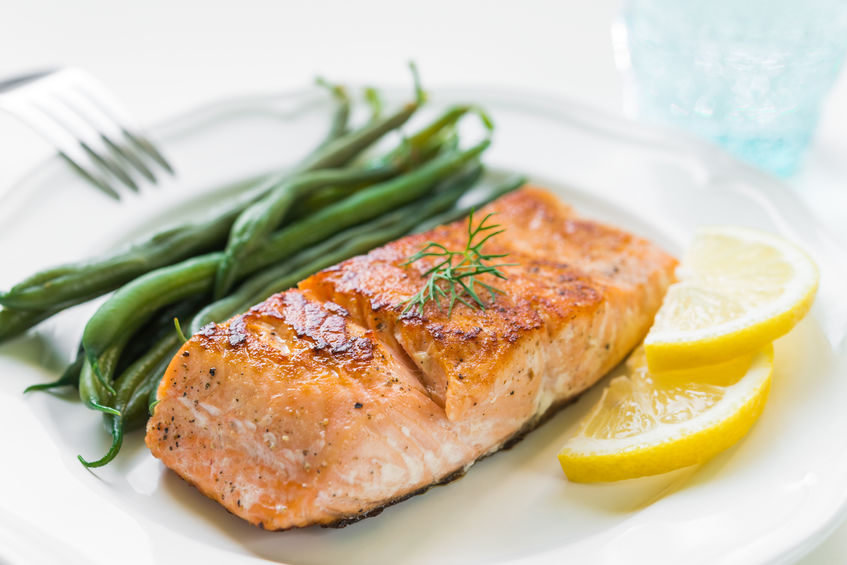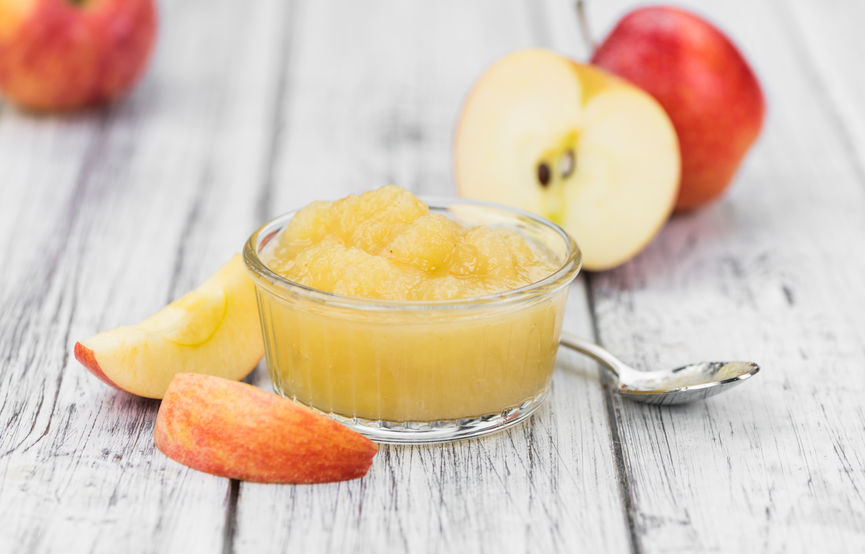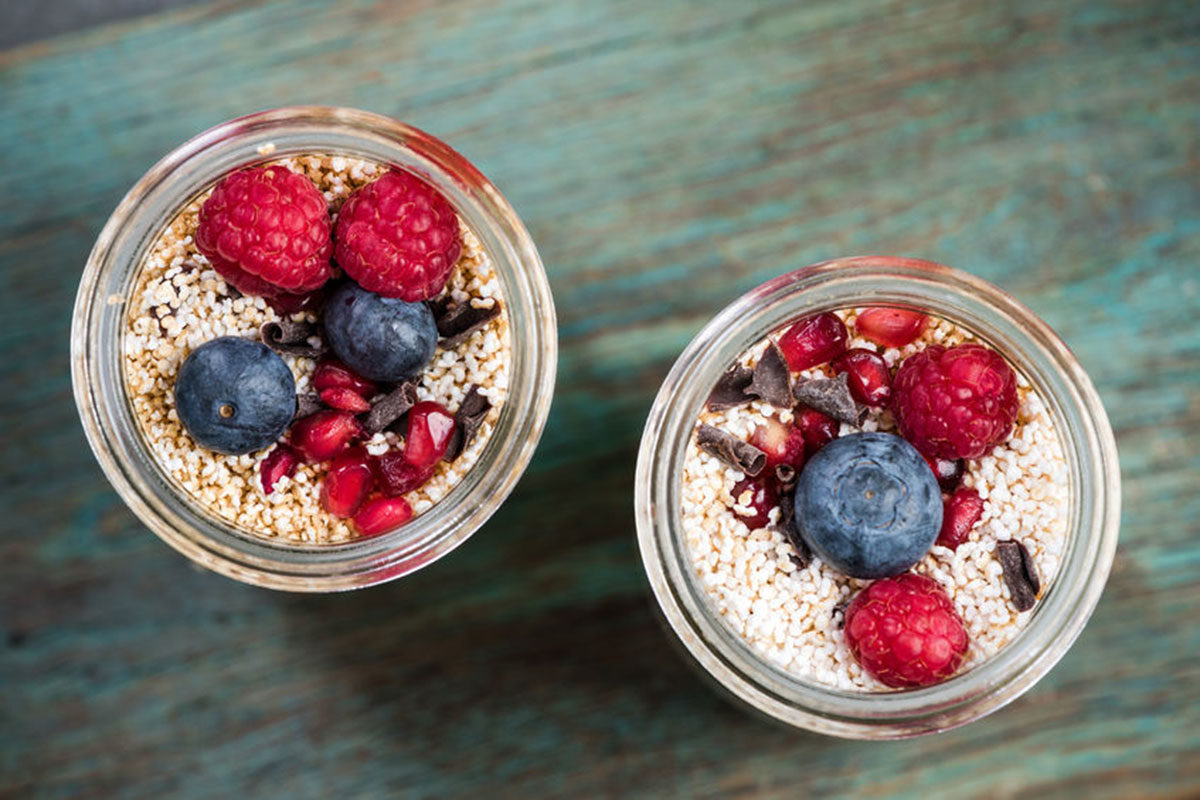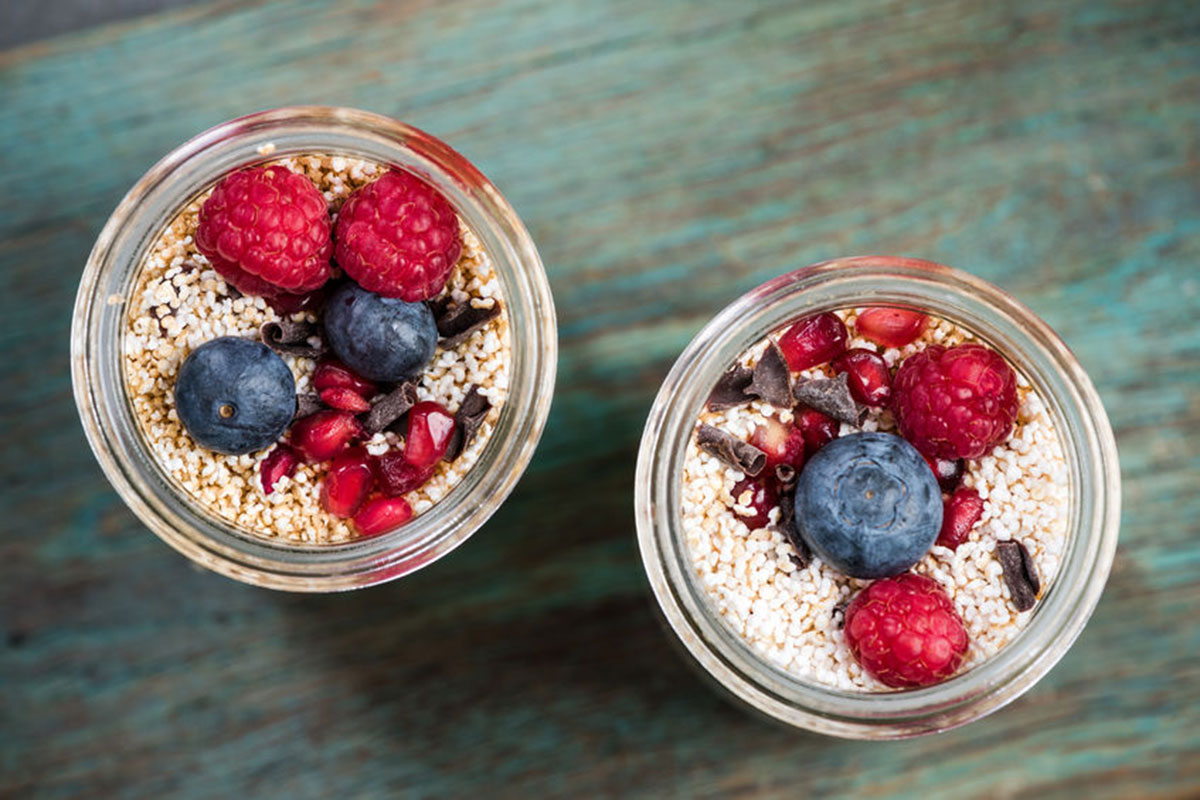Listen up! If you’re under a lot of stress I want you to pay close attention to this post.
Stress is so common in our society that we have a tendency to think it’s no big deal, which couldn’t be farther from the truth. Pressure at work, managing a family and professional career, building a business, or working towards a promotion are all sources of stress (this list is far from being exhaustive). Life is constantly throwing us situations that can create stress in our lives. It’s up to each of us to manage stress appropriately so that we can take control of our health before things get out of hand.
Here’s the tricky thing… often we don’t notice that stress is going unmanaged until it’s too late. Read this post and if this sounds like you, join my Simple Stress Reduction Facebook group where you’ll find tips and for managing stress in simple ways that enhance your quality of life.
Hormones are like chemical messengers, and govern nearly every cellular action in our body.
While very important, our sex hormones like estrogen, progesterone and testosterone, are actually not essential for our survival.
They’re responsible for sexual functioning and fertility, as well as in more of a “beauty” capacity – keeping our skin, hair & nails vital and youthful looking.
On the other hand, stress hormones (like cortisol & epinephrine, also known as adrenaline) are critical to our survival because they synthesize proteins, maintain cellular electrolyte balance, regulate heartbeat and blood pressure, and transport glucose into our cells – essentially feeding our brain.
These hormones are so crucial, that in times of chronic stress, cortisol (the “hormone of stress”) will be made at the expense of sex hormones. This is super important to understand. Your body literally steals from your sex hormones to make cortisol. While our sex hormones aren’t necessary for survival, we’ll definitely notice symptoms if they’re out of balance. No wonder we can start feeling like things are really out of whack when we’re stressed!
So what happens when hormones stop playing well together?
We can often experience a ripple effect, even when there’s a slight hiccup in hormone function.
Also, due to the fact that the interconnected nature of your endocrine system, one hormonal imbalance can lead to an additional one, causing multiple symptoms and overlapping health issues.
The 10 most common signs that you probably have a hormonal imbalance
- Poor sleep – not being able to fall asleep or stay asleep
- Fatigue that’s not alleviated by sleep
- Night sweats and hot flashes
- Resistant excess weight and body fat, especially around the belly
- Low libido or sexual dysfunction
- Acne or other skin issues
- PMS symptoms
- Foggy thinking (brain fog!) and difficulty concentrating
- Mental health issues – depression and anxiety in particular
- Mood changes like irritability and anger
The main causes of hormonal imbalances
While there are many causes, here are the most common ones that have been identified:
- Age and stage of life
- Chronic stress
- Medications (e.g. the Pill)
- Toxins and endocrine disruptors like xenoestrogens
- Poor nutrition and lack of adequate key nutrients
- Blood sugar regulation problems
- Disrupted circadian rhythm
- Chronic inflammation (e.g. leaky gut & digestive system inflammation)
Simple ways to support and rebalance your hormones naturally
While having a hormonal imbalance can seem like a complicated issue (and in some cases it is). There are simple steps that you can take to support your body in returning to normal levels.
Eat whole foods: processed, packaged foods offering little to no nutritional value will also offer little to no fuel for your hormones.
Be sure to eat fresh over packaged foods, including plenty of vegetables, fruits, and quality sources of free range and grass fed meats and eggs. Also, if tolerated – nuts, seeds, and legumes in moderation.
Note: Grains and dairy may cause or exacerbate hormonal problems for some people.
Eat more healthy fats: Healthy fats are essential for hormonal health because sex hormones need fat as a building block – and your body can only use the ones you give it.
Opt for sources of healthy fats from whole foods, such as avocados, raw nuts & seeds, coconut oil, extra virgin olive oil, real butter or ghee (grass fed preferable), wild-caught salmon, and free range eggs – yes, you can eat the yolks!
Exercise daily: Moving your body on a regular basis, engaging in resistance (or strength) training, and incorporating a specific workout called HIIT (high intensity interval training) has been proven to be especially beneficial for keeping our bodies AND our hormones fit.
Better sleep: getting deeper, more restorative sleep can be the key to supporting your hormones, above all other measures (but that doesn’t mean you should ignore the other ones!).
Stress management & self-care: the truth is – stress can be devastating for hormonal health.
We need to equip ourselves to manage the stress and “business” of everyday life through the actions that bring back balance and wellbeing to our bodies AND our minds – like good nutrition, exercise and sleep!
Learn better coping mechanisms (like breathing techniques), practice mindfulness and incorporate some daily self-care.
Looking for more tips to manage stress naturally? Join my Simple Stress Reduction Facebook group.
References
https://draxe.com/benefits-high-intensity-interval-training/
https://www.womenshealthnetwork.com/hormonalimbalance/what-is-hormonal-imbalance.aspx
Recipe: Hormone-friendly Chocolate Fat Bombs
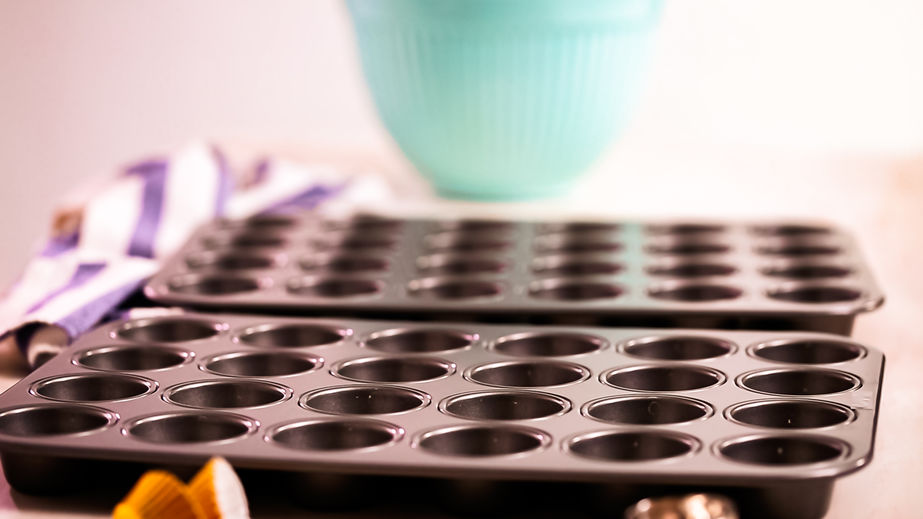
Ingredients:
½ cup almond or other nut butter, no sugar-added (if nut-sensitive, use sesame tahini or sunflower seed butter)
½ cup virgin coconut oil
3 Tbsp. raw, unprocessed cacao powder
stevia or monk fruit to sweeten to taste
silicone candy mould or mini-muffin pan
Optional add-ins:
- splash of real vanilla extract or vanilla powder
- cinnamon or ginger
- pinch of Himalayan pink salt or Celtic grey salt
Directions
- In a large skillet melt coconut oil and nut butter over low heat.
- Stir in cacao powder and desired sweetener.
- Remove from heat and add vanilla (+ other add-ins), if using.
- You may want to pour mixture into a “spouted” cup to make pouring easier.
- Pour mixture into silicone candy molds or mini-muffin pan (about 1 Tb of mixture)
- Put in freezer or fridge until set.
- Remove from molds and store in the fridge in an airtight container.
Note that each fat bomb is considered a full serving of fat – great for curbing the appetite, satisfying a sweet tooth and supporting your hormones with the building blocks they need!





